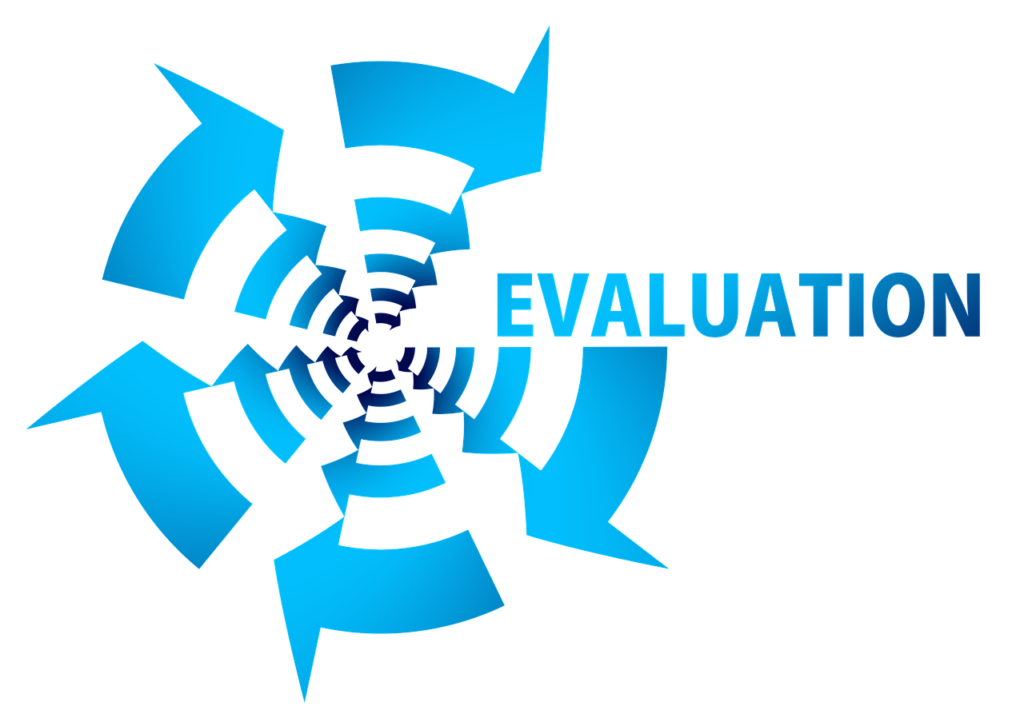What is a Cybersecurity Risk Assessment
A cybersecurity risk assessment is a full and comprehensive look at your organizations cybersecurity posture via attack vectors, vulnerabilities, infostructure, and governance. The goal of this is to inform your organization and third party regulators on where your cybersecurity defense’s currently stand. With this assessment, a clear and comprehensive guide on understanding your organization’s risk and best steps to remediate found risks will be provided at the end of your assessment. This assessment follows the NIST and ISO frameworks.
Cybersecurity Risk Assessment
WNE Security offers a range of services in our cybersecurity risk assessment that are tailored to your IT security and compliance needs, allowing for you to design your very own cybersecurity risk assessment. Look through some of the benefits of our assessment and see each of the different services you can incorporate in your risk assessment.


Vulnerability Assessment
Internal Nmap Scan and External Port Scan on all devices in your environment.
Concise report on all vulnerabilities in your environment with details on how to remediate or mitigate found vulnerabilities.
Prioritization of found vulnerabilities and guidance on how to go about remediating or mitigating found vulnerabilities.
Guidance on how to create and maintain patch management, asset management, and so on in order to keep vulnerability/risk count low.
Cybersecurity Posture rating in comparison to organizations of similar size and industry.

CONFIGURATION RISK
Systems full configuration evaluation. This includes systems such as Firewall, AD, Exchange, Cloud, etc.
Identify and evaluate the security risks associated with the configuration of an organization’s IT systems.
Analyze the configuration of hardware, software, and network components to identify vulnerabilities and potential attack vectors.
Ensure that IT systems are configured securely and in compliance with industry best practices.
Compare the configuration of IT systems to the recommendations in the CIS Benchmarks.
Verify that implemented configurations meet framework, GRC, and or legal requirements.

GRC Assessment
Understand all regulatory requirements your organization needs to follow.
These regulations will depend on the states your organization operates in, organization size, industry, data being stored/used, etc.
Audit of your organization to determine if regulations and internal procedures are being adequately followed.
Get your organization compliant with all regulations and procedures that are associated with your organization.

Data Security Posture Assessment
Identify what is considered sensitive depending on your industry’s compliance and regulations.
Locate and evaluate how your organization stores, transfers, and trusts this data.
Implement least access principle which will only allow individuals who are allowed and have a need to access certain data, permission to access said data.
Least privilege control such as RBAC implementation.

Attack Vector Assessment
Discover all potential attack vectors your company is exposed to.
Determine the likelihood of an attack being initiated and its predicted success rate.
Determine the Impact To Company if one of these attacks are successful.
Look for ways to remediate or mitigate these risks in your environment.
Human firewall assessment to determine the cybersecurity IQ of employees.

Third Party Vendor Assessment
Review data and internal access third party vendors have to your organization to determine your threat and evaluate permitted data sharing and access.
Review third party procedures and policies to ensure they meet internal and legal compliance.
Solutions for how to mitigate found risks and compliance issues discovered in steps above.
Guidance on how to vet future third party vendors to determine their cybersecurity posture.

Cybersecurity Defense Assessment
Evaluation of your organization’s current defenses such as allocated inhouse security team, budget, security tools, and security services in comparison to similarly sized organizations and industry benchmarks.
Third party audit of organizations security posture.
Investigate current tools and procedures to determine if they are optimized to their fullest potentials.
Configuration and implementation analysis of all current defenses.
How Our Cybersecurity Risk Assessment Works
PHASE 1 - Onboarding
In this phase, we will take a full look at what your organization does, your size, your industry, and a very deep and comprehensive look at your internal environment. Doing this first crucial step will allow us to fully understand how to go about our risk assessment in the most effective way. We will then offer your organization recommendations on what the cybersecurity risk assessment should include and how it should be done, including specific actions we plan on taking in a specific time frame.
PHASE 2 - RISK IDENTIFICATION
In this phase, we evaluate and validate controls to identify vulnerabilities in the information systems, networks, procedures and data of your organization. Our assessment is able to look at any telemetry and data your organization is capable of giving us and we will document and report on said information. We document all established and implemented controls that mitigate the potential risks related to identified vulnerabilities, provide a base score of compliance status, and an external vulnerability scan report.
PHASE 3 – RISK ANALYSIS
In this phase, we evaluate vulnerabilities in terms of the risks they pose to information and systems in scope for the engagement. To do this, we prioritize your systems, data, and domains in order of importance’s which we then use to evaluate your risks from least important to most important. We layout an acceptable risk procedure, assess the likelihood of initial attack, success rate, and impacts of potential threats, and create a formal risk register with proper prioritization. Lastly, we provide an executive summary presentation and a detailed risk register that includes a templated Plan of Action and Milestones tailor made to your organization’s capabilities.
PHASE 4 – RISK TREATMENT
In this phase, we create the initial plan of action and milestones for your organization and provide recommendations for remediating risk to an acceptable level. These remediations will either fully remediate or mitigate your risks to an acceptable level for your organization while also using best practices that will ensure the systems stay secure for years to come. The output of this phase will provide your organization with a roadmap to establish an effective information security program or fulfill contractual obligations.
PHASE 5 – RISK MANAGEMENT
In this phase, we assist your organization in managing its program and procedures to identify, assess, then remediate new future risks. We establish scheduled counseling sessions to provide oversight with risk management activities and identify ongoing risk register procedures and guidelines on plan of action and milestone roadmap oversight that will help your organization maintain compliance and improve security over time. We strongly believe in building a risk assessment process in your organizations using industry best practices since doing so will best prepare your company for changes in cybersecurity. Our scheduled meetings will also address new risks and movements in cybersecurity that will help you prepare for these new risks before they reach your environment. Scheduled review of your Plan of Action and Milestones status, identifying and documenting new risks to the organization, performing ongoing information security program assurance checkpoints, providing risk register updates, providing industry compliance and security insights, and developing reports for upper management can all be included in your tailor made risk assessment.

